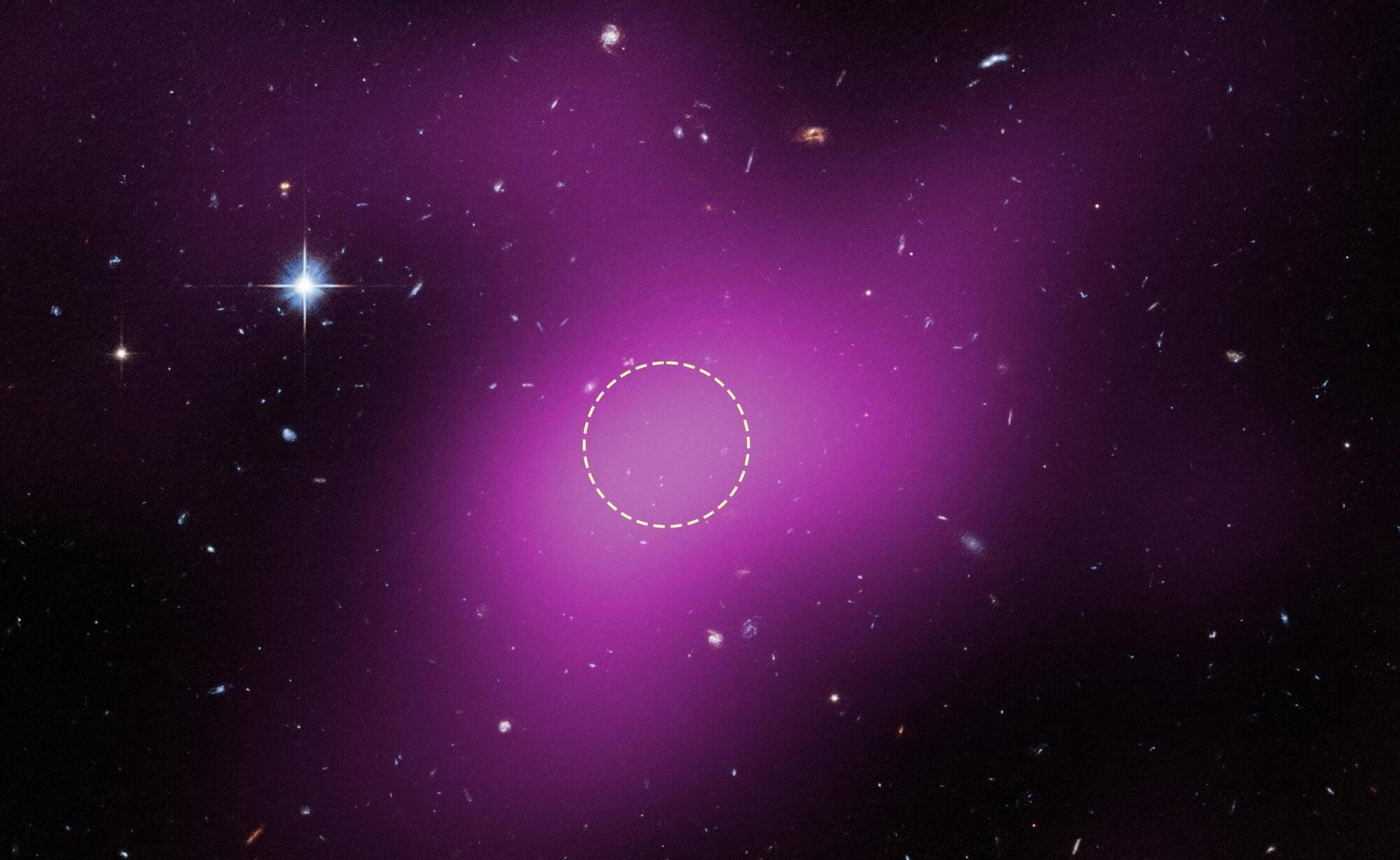At 4 a.m., while most of New Jersey slept, a Princeton Plasma Physics Laboratory (PPPL) physicist sat at his computer connected to a control room 3,500 miles away in Oxford, England. Years of experience running fusion experiments in the U.S. helped guide the U.K. team through delicate adjustments as they worked together to coax particles of plasma—the fourth state of matter—to temperatures that match those found at the heart of the sun.
This late-night, intercontinental collaboration happened many times from 2019 to 2024 during critical experiments at Tokamak Energy’s ST40 facility. It’s just one example of how PPPL is meeting the moment, leading collaborative efforts with private companies and other public institutions to make fusion power practical.
Fusion, the process of combining atoms to release energy, could be the source of a nearly inexhaustible supply of electricity. But there are still challenging scientific and engineering issues to overcome in the quest for power. That’s why scientists are increasingly working together to take fusion further.








